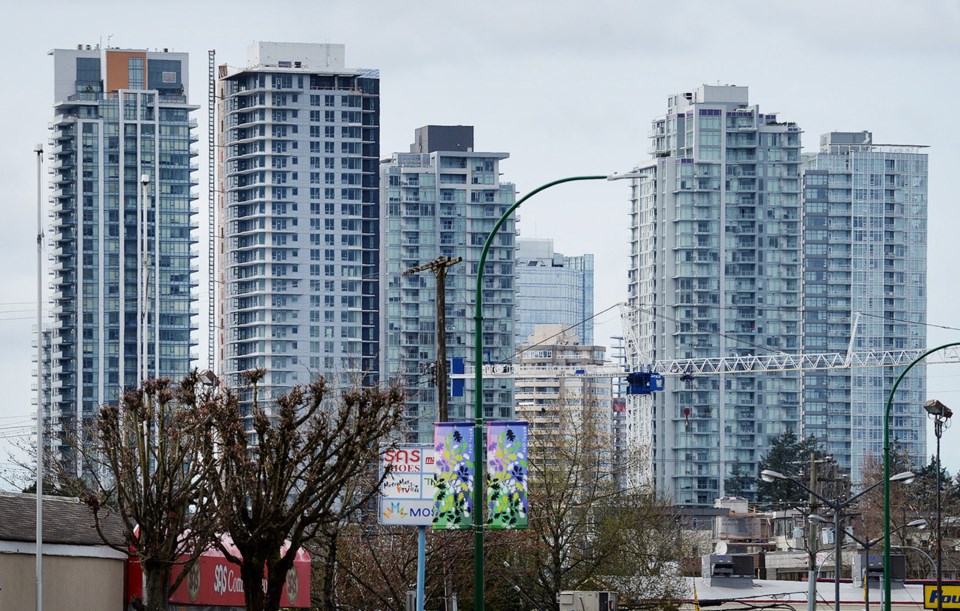If a “finalized” rental policy passes through Burnaby City Hall, new developments could be required to provide more units at an “affordable” rate.
Currently, the city’s rental use zoning policy requires 20% of all units in multi-family developments in certain areas of the city to be rental housing. The city also offers greater density as an incentive for developers to make those rentals “affordable.”
But city staff is proposing changes to the policy that would require the mandatory rentals be fixed at an “affordable” rate, and the increased density incentive would be offered by default.
But while the mandatory rentals would be more affordable, there would likely be fewer of them. Instead of the mandatory rentals making up 20% of all units, they would make up 20% of the original number of units allowed on the lot.
Developers would also be able to apply for further density allotments in exchange for more rental units.
The city is also looking at changing its definition of “affordable” rent. Instead of 20% below the average rents recorded by the Canadian Mortgage and Housing Corporation, that would change to 20% below the CMHC-recorded median rents.
That may seem like a nitpicky detail, but staff suggested in a report to the planning and development committee that this would provide more stability to the “affordable” rates. Whereas average rents can be swayed by anomalies, such as abnormally high or low rents, the median rent is simply the middle of the stack, regardless of what the highs and lows are.
It also would likely lower the “affordable” rents in all three CMHC-defined areas of Burnaby – Central Park/Metrotown, southeast Burnaby and north Burnaby. Depending on the area, 20% below the CMHC median would drop rents $30 to $50 per month compared to rates 20% below the CMHC average.
The city is also looking at removing its vacancy control requirements, which would have limited rent increases not only during tenancies, but between tenants. The proposed change resulted from concerns by developers that vacancy controls could limit developments, particularly since the B.C. government made its rent control rules more strict.
“Perhaps most importantly, the impact of vacancy-control on the ability of the development community … to secure development financing, thus leading to a low uptake of the available density, remains a concern,” planning and development director Ed Kozak wrote in a report.
Kozak noted uptake on the city’s rental provisions so far has been “moderate,” citing a “tempered” real estate market, rising construction costs and “continued imbalances between local housing prices and incomes.”
Instead, Kozak said the city would largely rely on the mandatory rentals to maintain affordability in the city. For rentals created through density allotments, the city is also considering a new requirement: For every market rental, the city would require one rental fixed at the CMHC median – not the “affordable” rate, but still likely below the market offerings.
If council supports the new policy, staff will have to bring forward an amendment to the city’s zoning bylaw to bring it in line with the policy, which would come in the form of a future report to council, Kozak said in his report.
Kozak noted uptake on the city’s rental provisions has been “moderate,” citing a “tempered” real estate market, rising construction costs and “continued imbalances between local housing prices and incomes.”
Kozak noted uptake on the city’s rental provisions has been “moderate,” citing a “tempered” real estate market, rising construction costs and “continued imbalances between local housing prices and incomes.”



